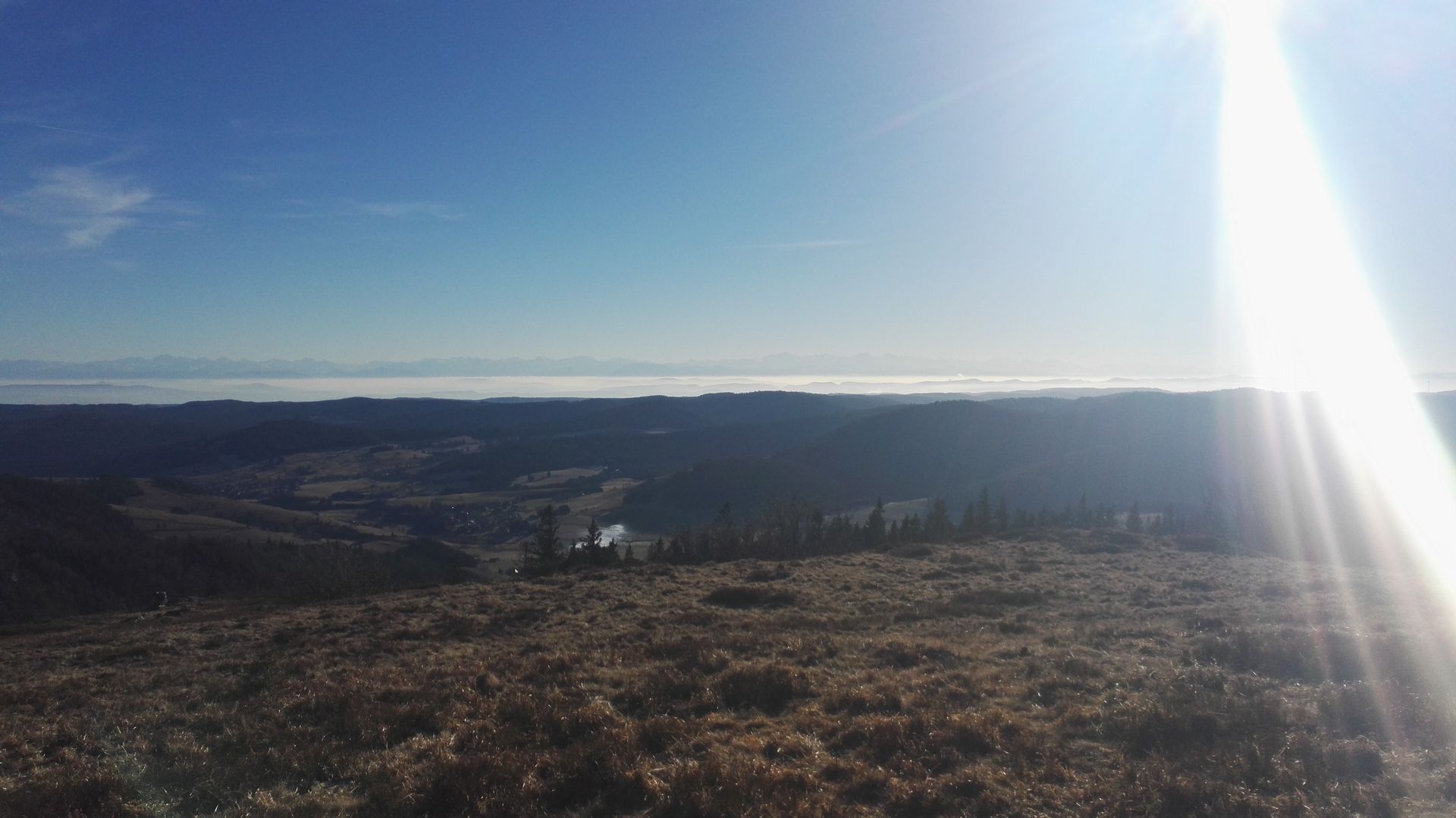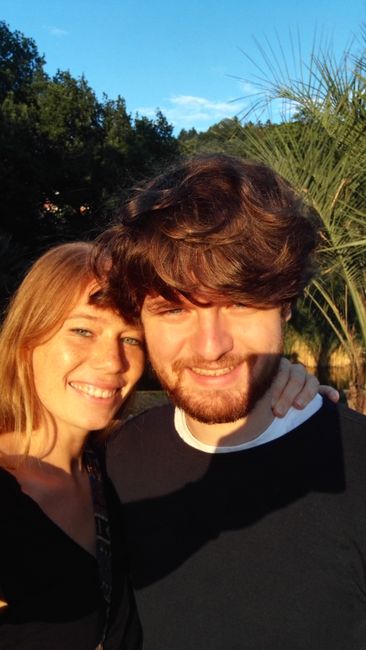
miriamandjakob
vakantio.de/miriamandjakob
Bolivia - Noise and Sugar
Ku kandziyisiwile: 09.02.2019
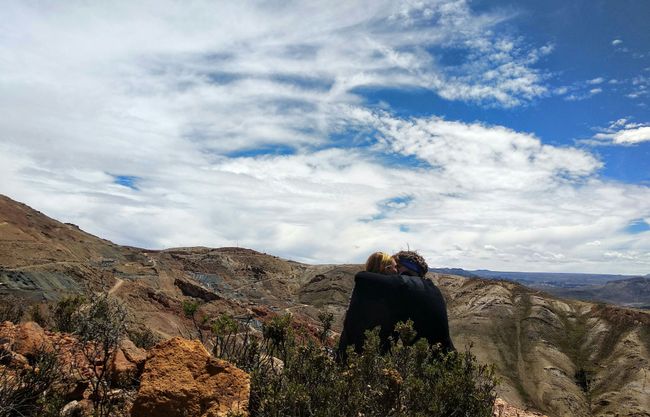
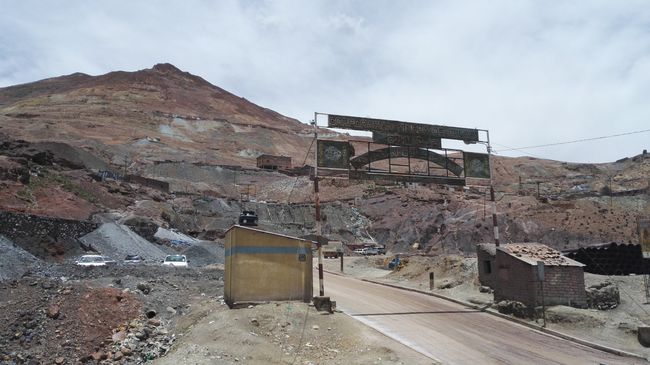

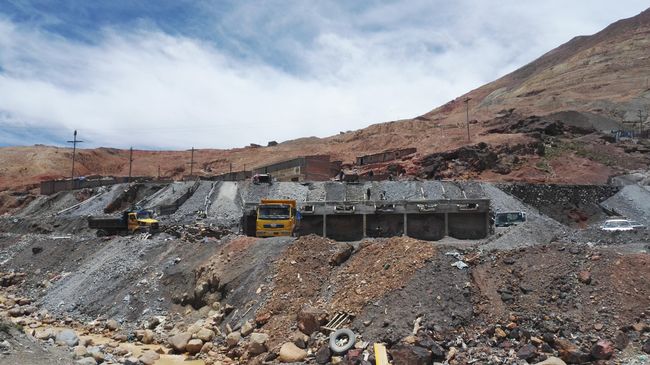

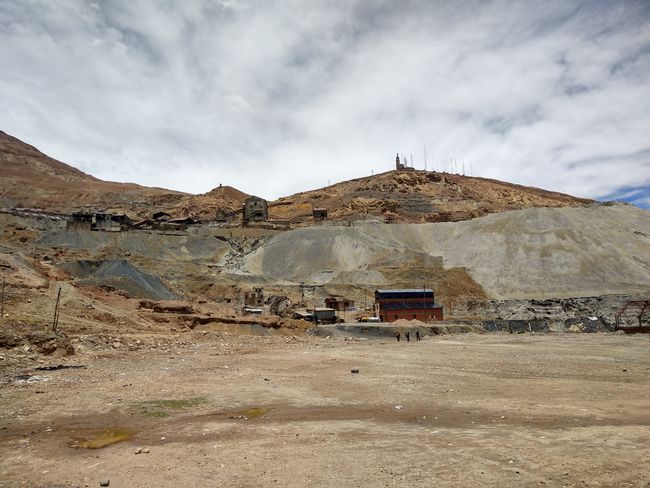
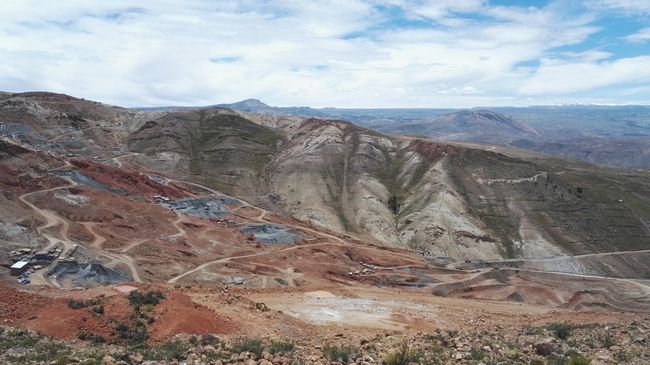
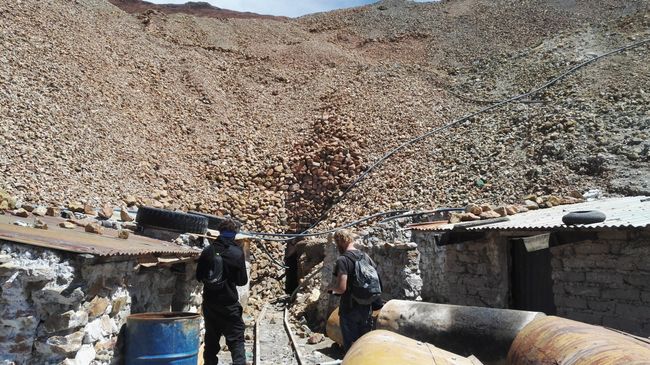
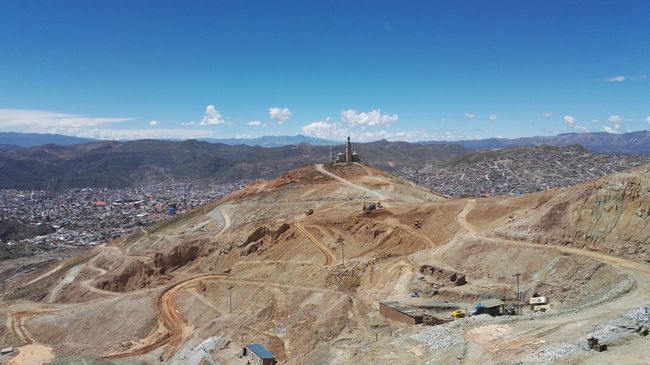
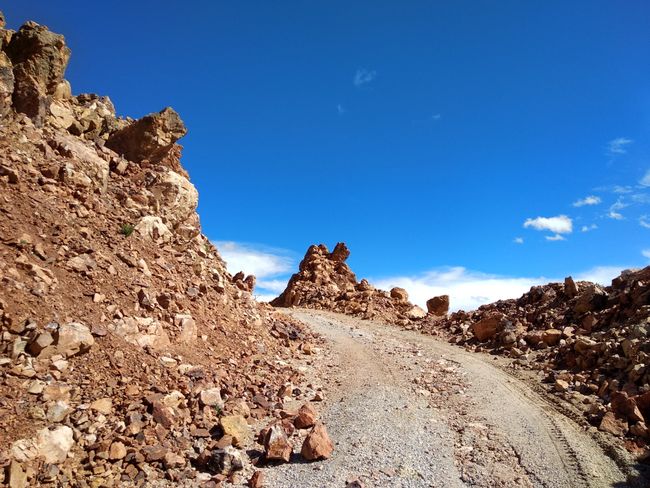
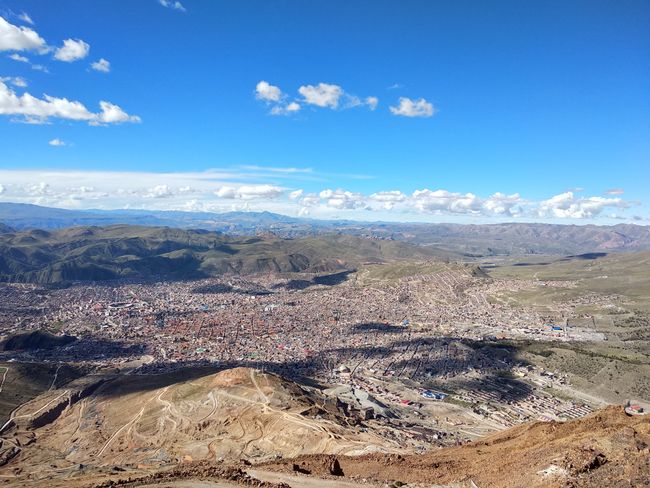
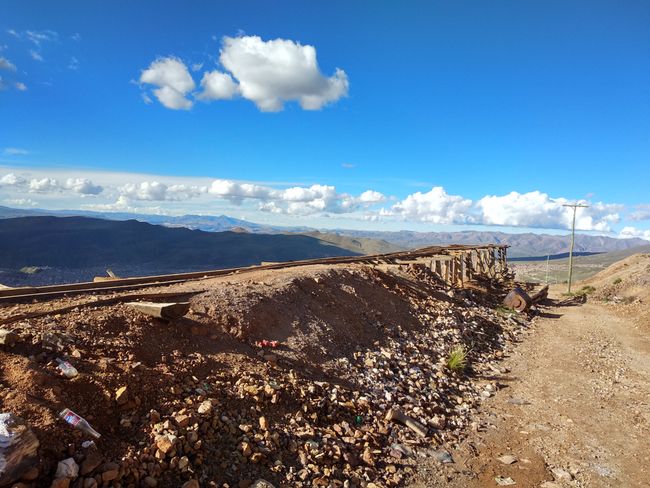
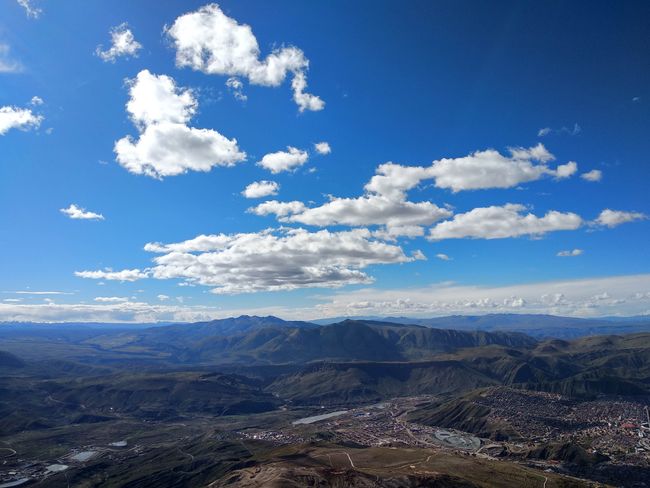
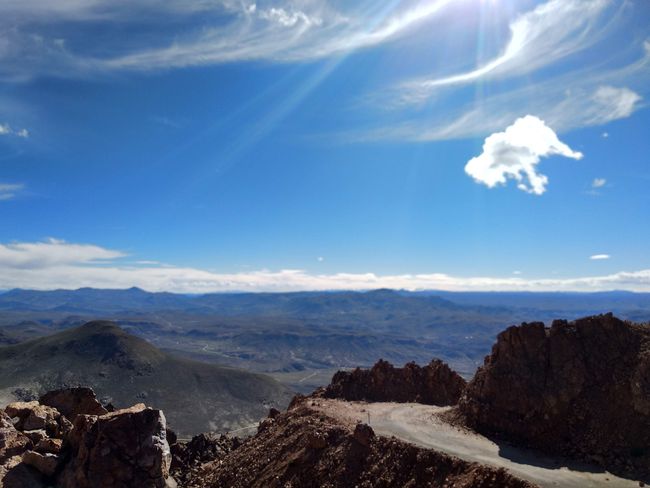
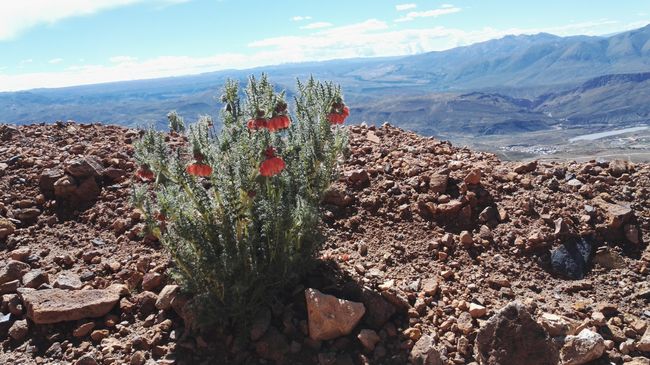
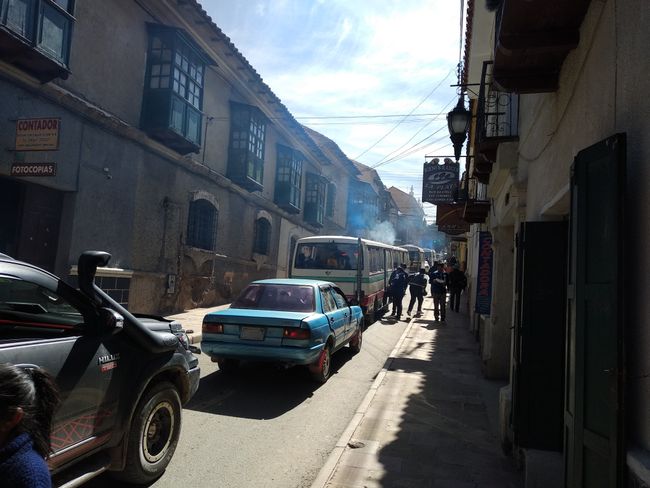
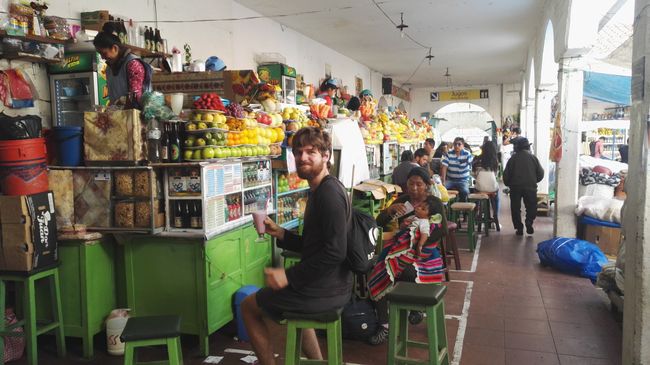
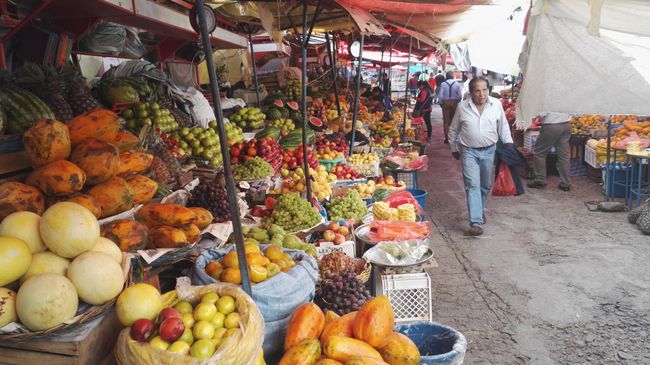
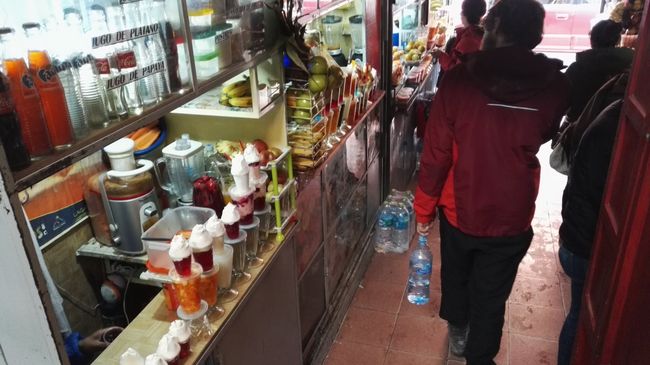
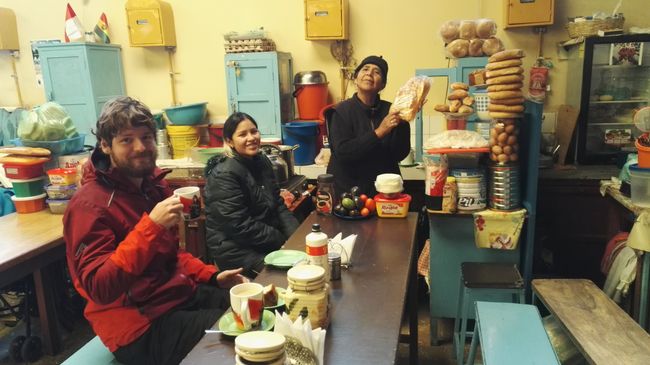
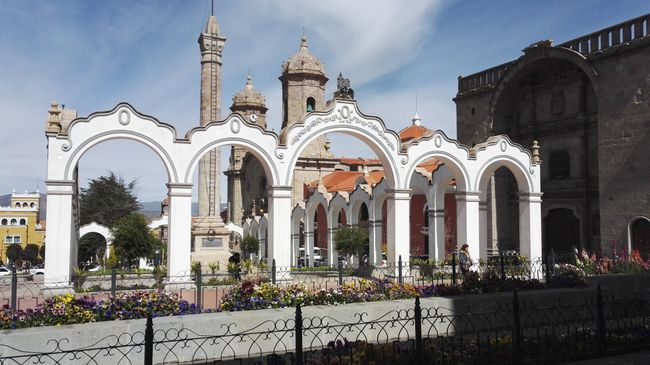
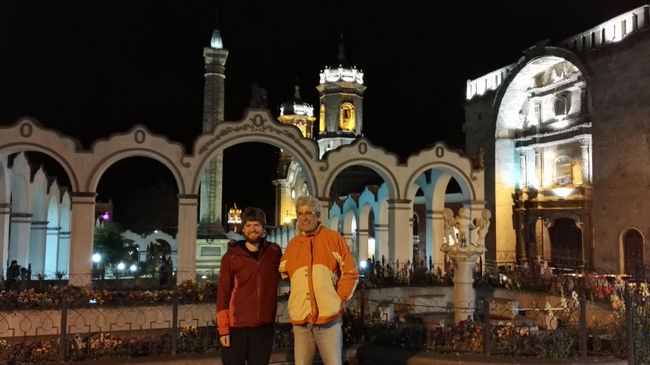
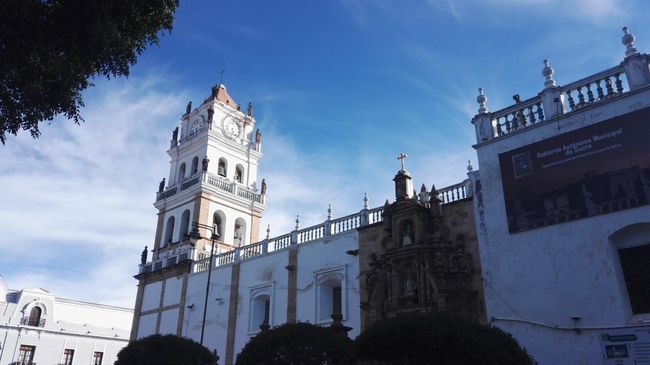
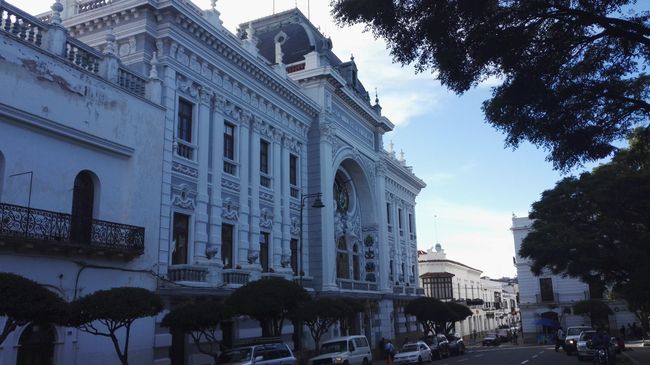
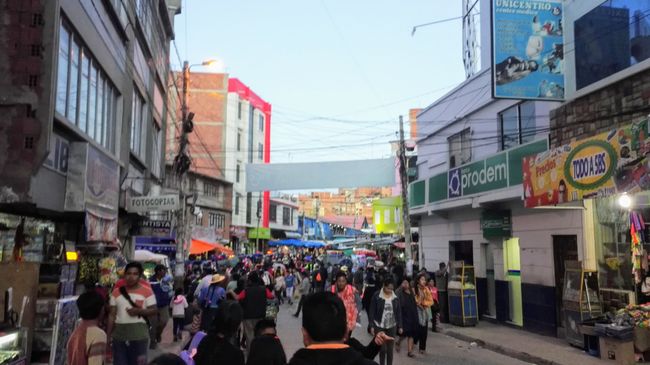
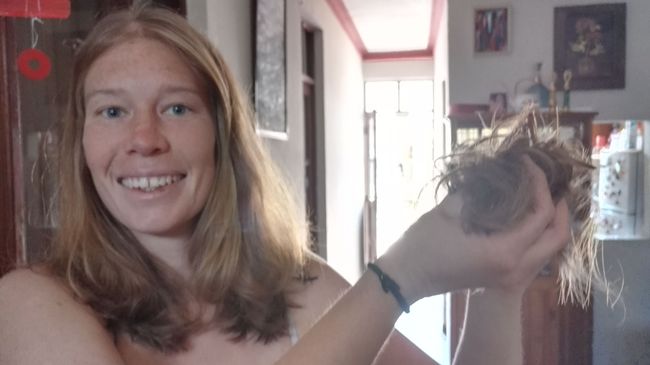
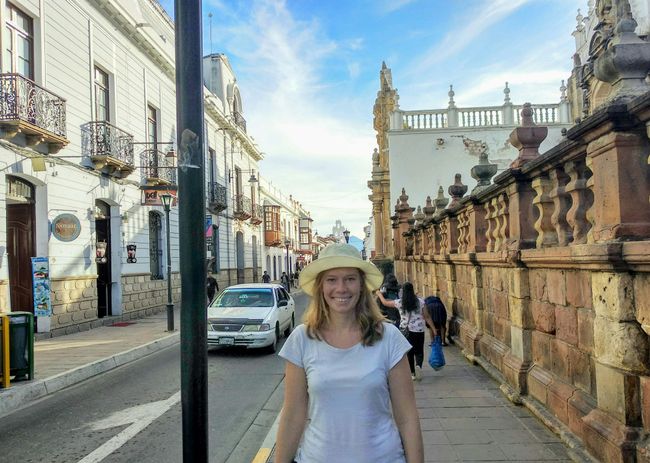
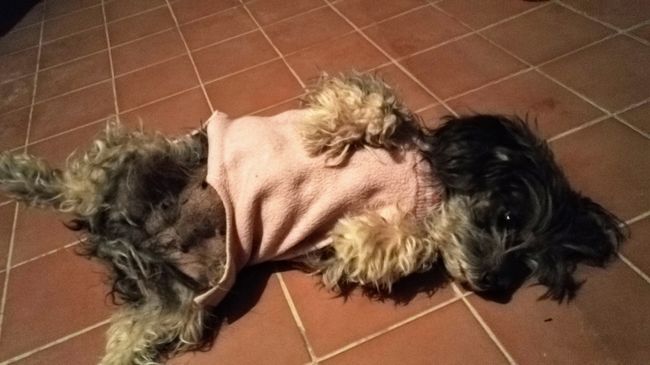
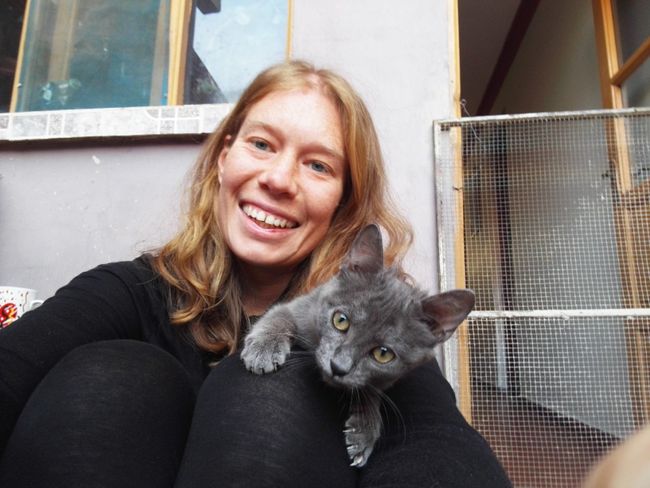
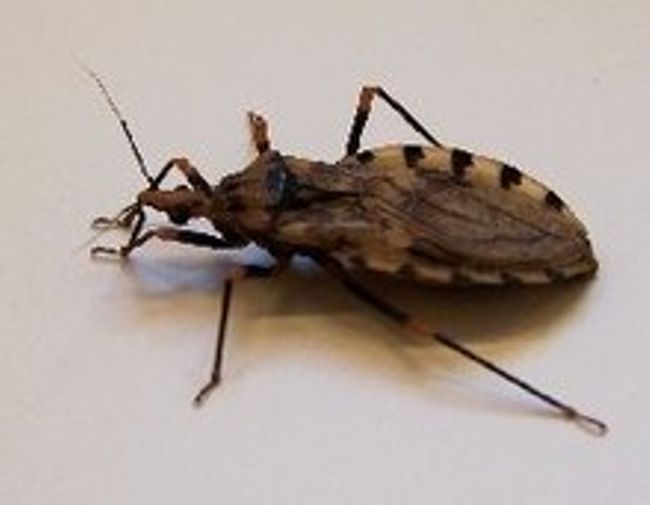
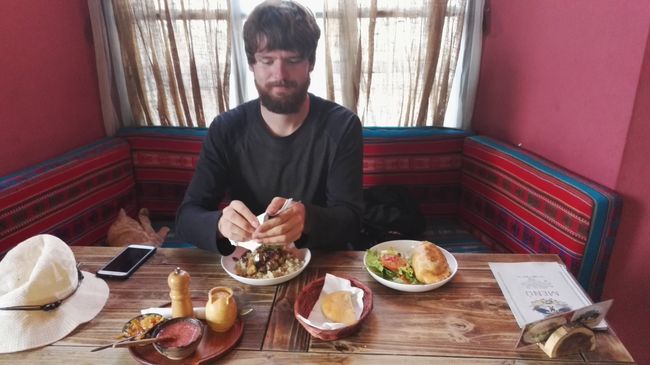
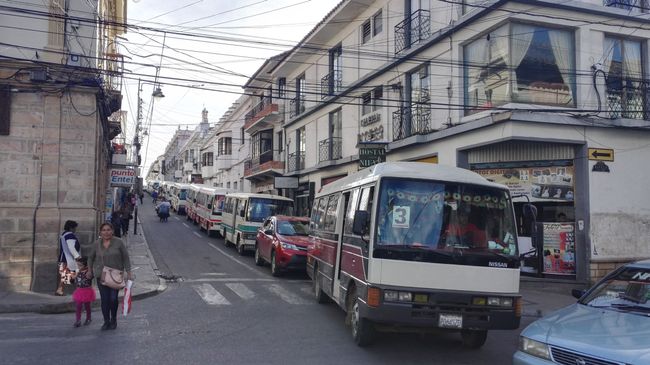
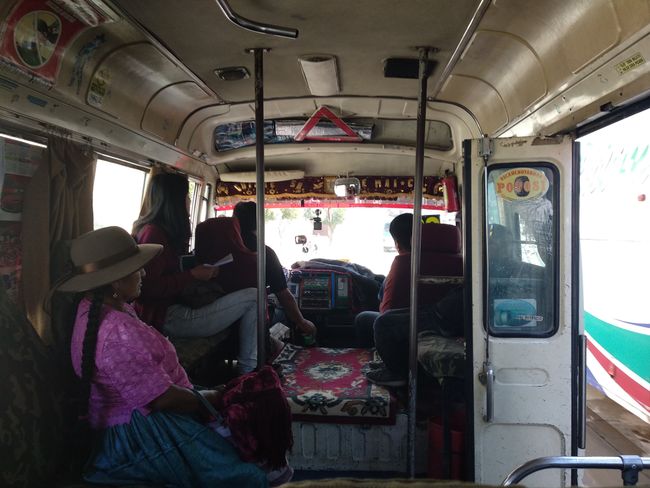
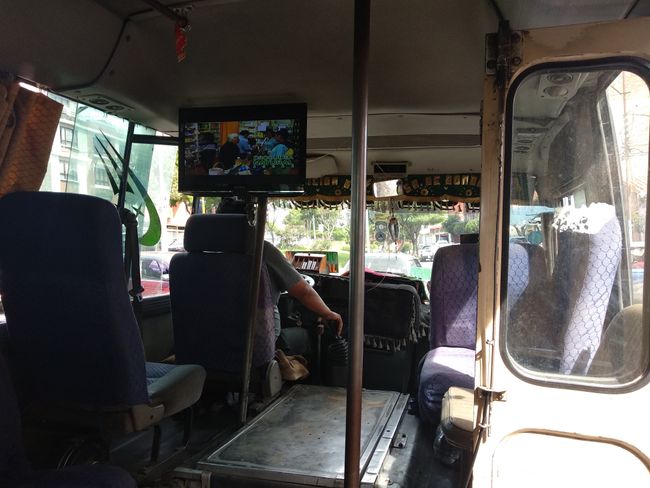
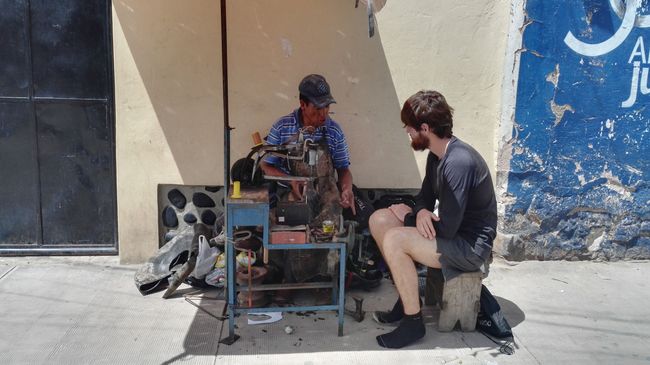
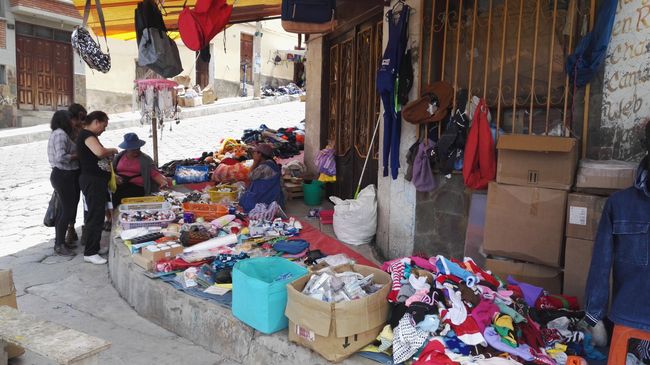
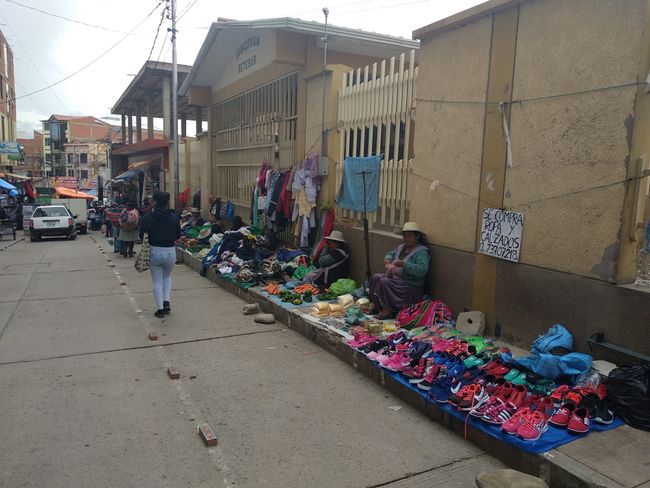
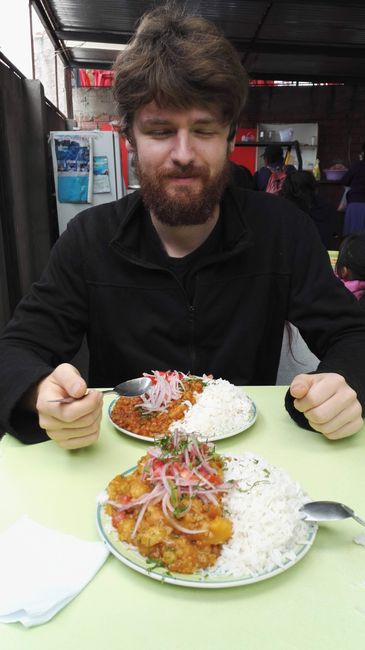
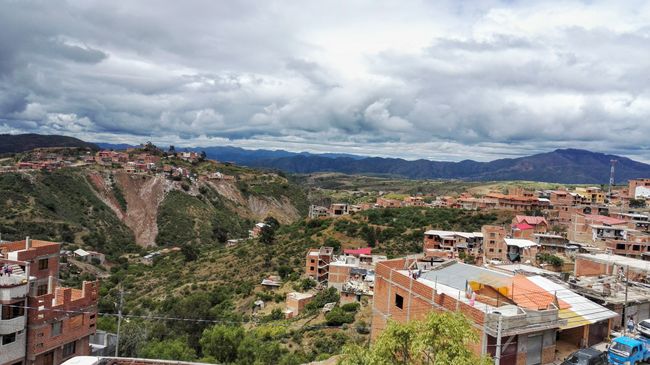
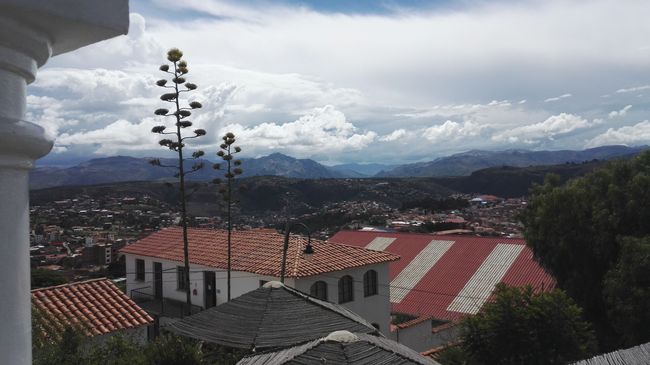
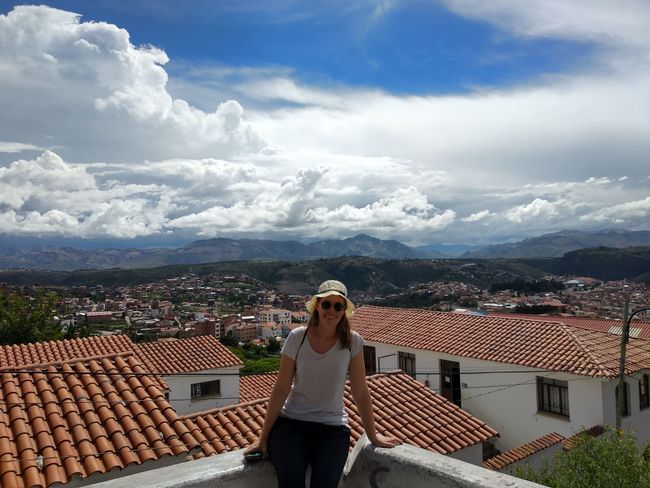
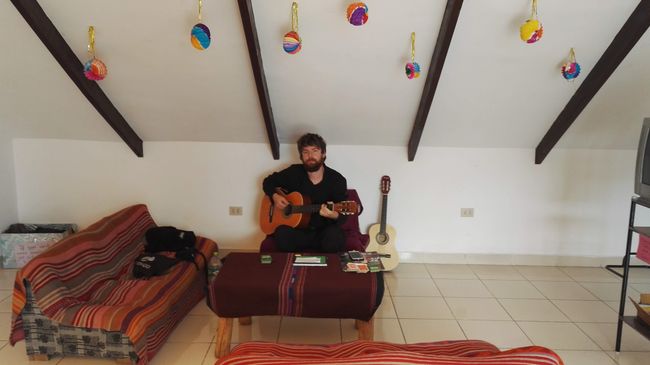
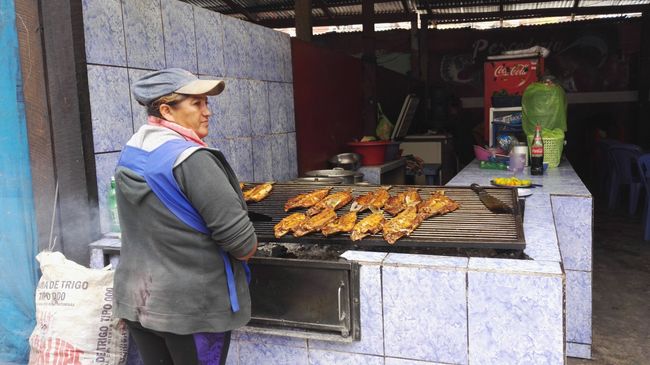
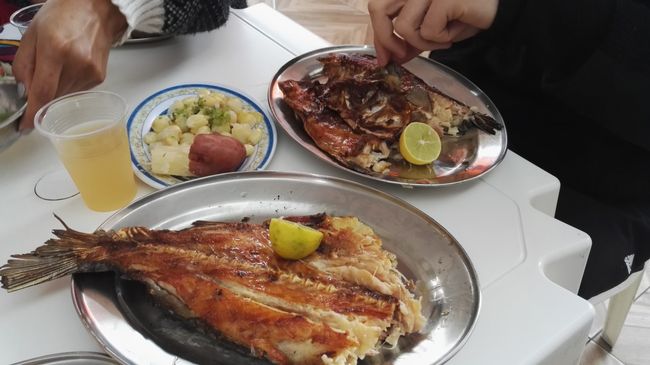
Tsarisa eka Xiphephana xa Mahungu
As soon as we step off the bus in Potosi, we feel comfortable. The city is vibrant and represents the real Bolivian life, which makes it different from Uyuni, which was much more touristy. In Potosi, it is noisy, just as the name suggests. Cars, trucks, and minibuses compete with each other in chaotic traffic, and the streets are usually congested with vehicles. Potosi is located at the foot of Cerro Rico Mountain and is very hilly: the old buses struggle to climb the hills, emitting thick clouds of smoke, causing us to cough frequently.
Potosi is famous for its silver mines, which made the city rich in the 17th century. Although the silver deposits are almost depleted, the mines are still operational, and the resources of the mountain are being fully exploited. The working conditions have not changed much since then: miners spend days, sometimes months, underground, working crouched in low tunnels, facing significant health and safety risks. Many can only endure the work with tobacco, coca, and alcohol, and only a few live to old age. We also want to explore Cerro Rico Mountain with its mines, but we don't book a tour and therefore don't enter the mines. The mountain stretches into the sky with shades of red and brown, with silver and gray spots in between.
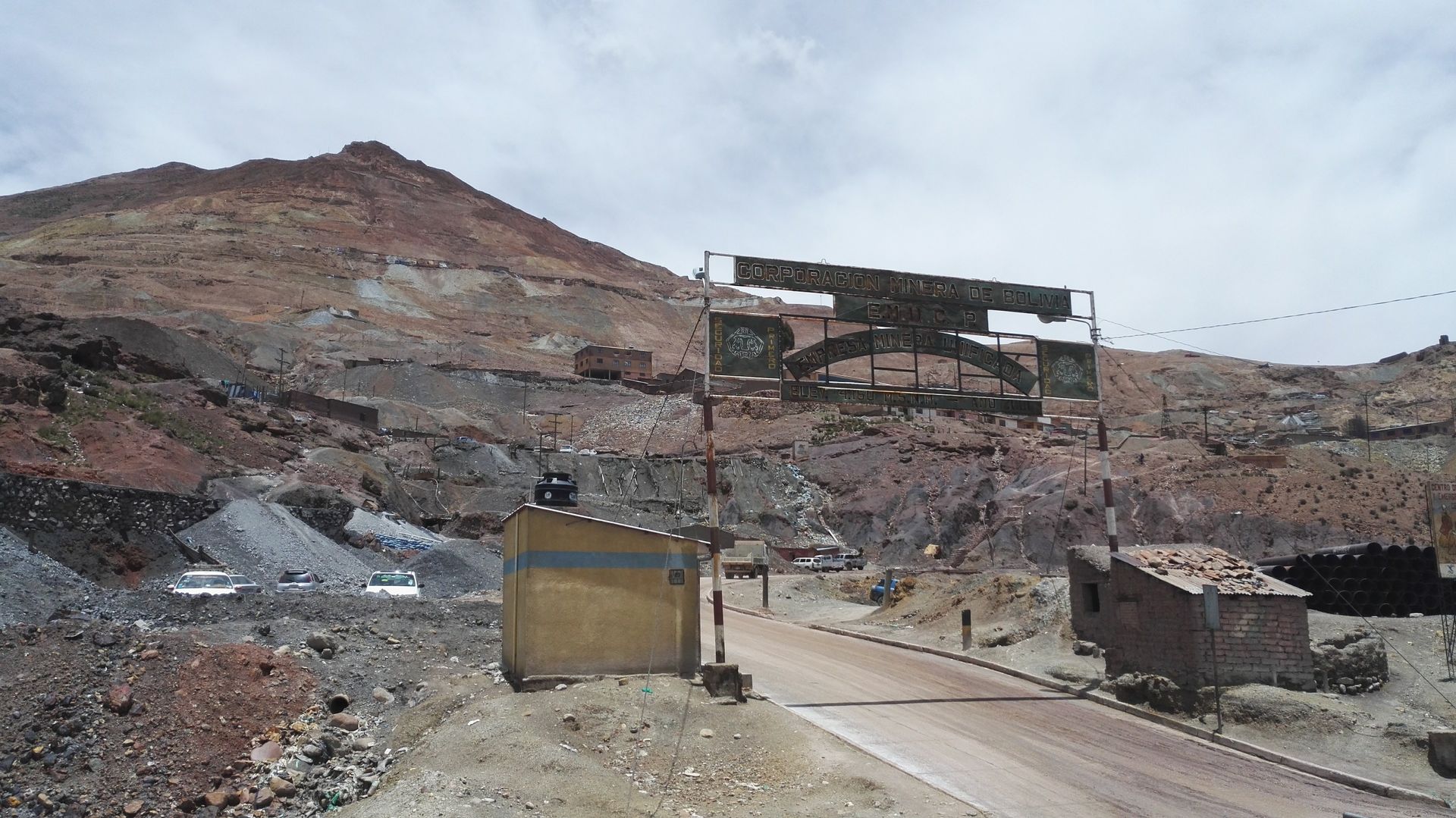
Everything is open: we can walk up and find ourselves right among the miners. They live in small makeshift adobe huts guarded by their dogs. We see railway tracks leading into the mountain, fully loaded trucks, and workers unloading train wagons. We decide to hike up to the summit of Cerro Rico Mountain. Before that, we take a break and enjoy the scenery.
The ascent to the summit is easier said than done. Potosi is already situated at an altitude of 4,000 meters on the Altiplano plateau, which is described as a barren and steppe-like area. The summit is another 700 meters higher: due to the low atmospheric pressure, every step is much more exhausting, and it feels like you can't breathe. By chance, we meet a Czech guy who also stays in our hostel, and he joins us. The view of Potosi and the surrounding mountains becomes more beautiful as we climb higher, and we even see snow-capped peaks in the distance.
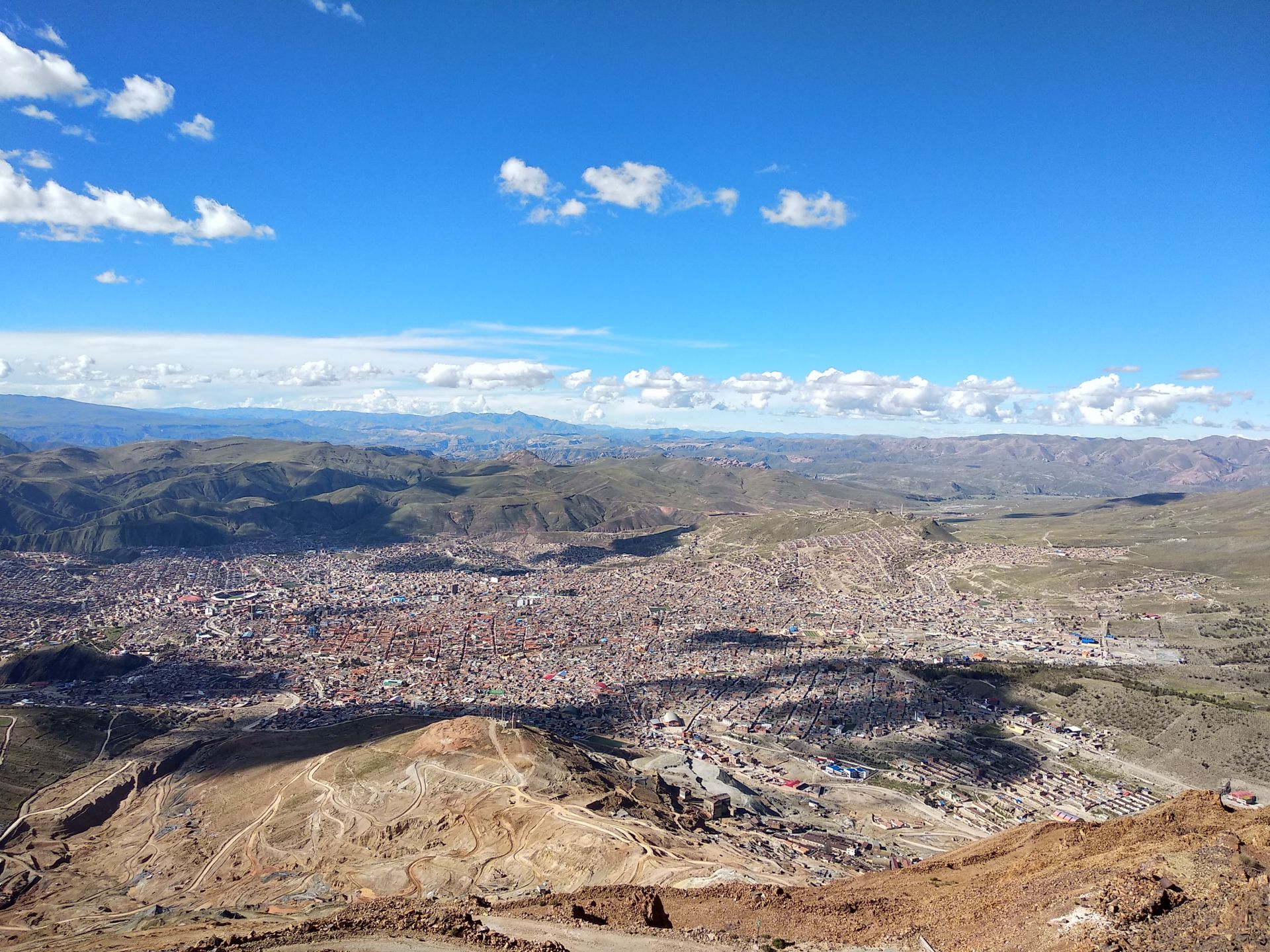

For Miriam, it's enough at 4,600 meters: she can hardly breathe and decides to wait at this point due to altitude sickness. Jakob continues climbing to the summit with the Czech guy, but in the evening, he also feels the strain, and we both lie flat in bed and even skip dinner. During the descent, a miner waves us over, and we have a very nice conversation in broken Spanish. The man, covered in white dust, is genuinely friendly and genuinely just wants to talk to us.
We wander through the streets of Potosi, discover a huge market hall where we have coffee, and meet Erich, a 60-year-old Frenchman from our hostel, with whom we have tea and later dinner. We were almost tempted to buy the truck that his brother is considering selling at a very good price because the return transport costs to France alone amount to 4,000€. However, since the documents are not complete and due to bureaucracy, he decides to ship it to France instead. At first, we are disappointed because the converted fire engine was too good to be true, but who knows what it's good for afterwards. So we continue our journey by bus to Sucre.
Sucre is the constitutional capital of Bolivia, although the government seat is in La Paz. The old town of Sucre is very stylish with its white colonial-style houses and is located at a comfortable altitude of 2,800 meters. And at the beginning, we enjoyed the food in Bolivia (see below for when that stopped). There are many huge markets where you can find a wide variety of things and where you can eat cheaply. Street food can be found on almost every corner, offering all sorts of delicacies. It's not always easy for us to find vegetarian dishes, and it's usually not very healthy either, as many things are fried. However, you can try different snacks for a few euros: there are humitas (corn wrapped in corn leaves with cheese), empanadas (stuffed pastries), meat with fries, freshly squeezed orange juice or milkshakes, ice cream, fried sweets, stick bread, gelatin in plastic bags, or creatively decorated yogurt/jelly/ice mixtures with fruits, and of course, all kinds of fruits like the green cactus fruit, which we find very refreshing.

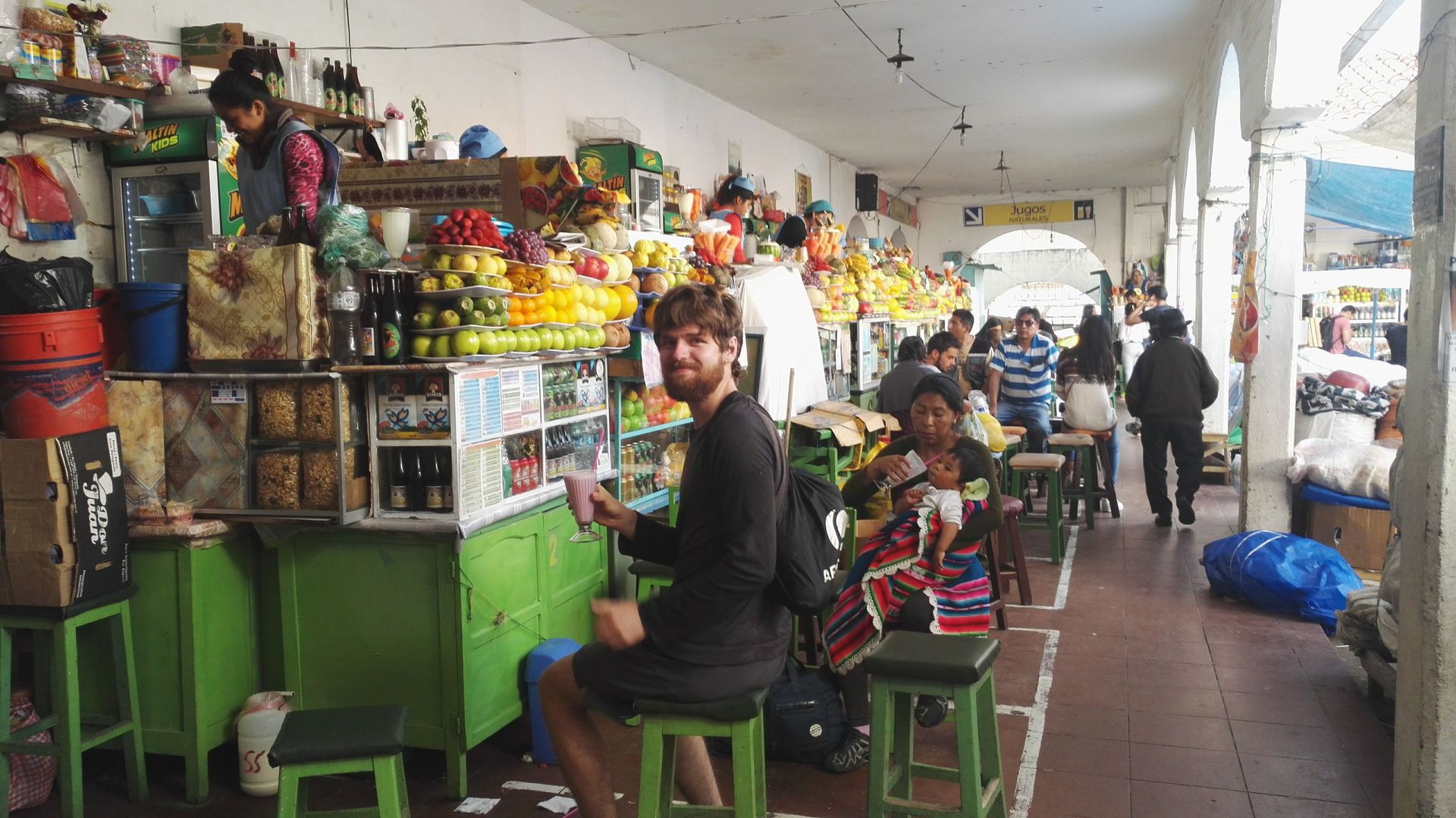
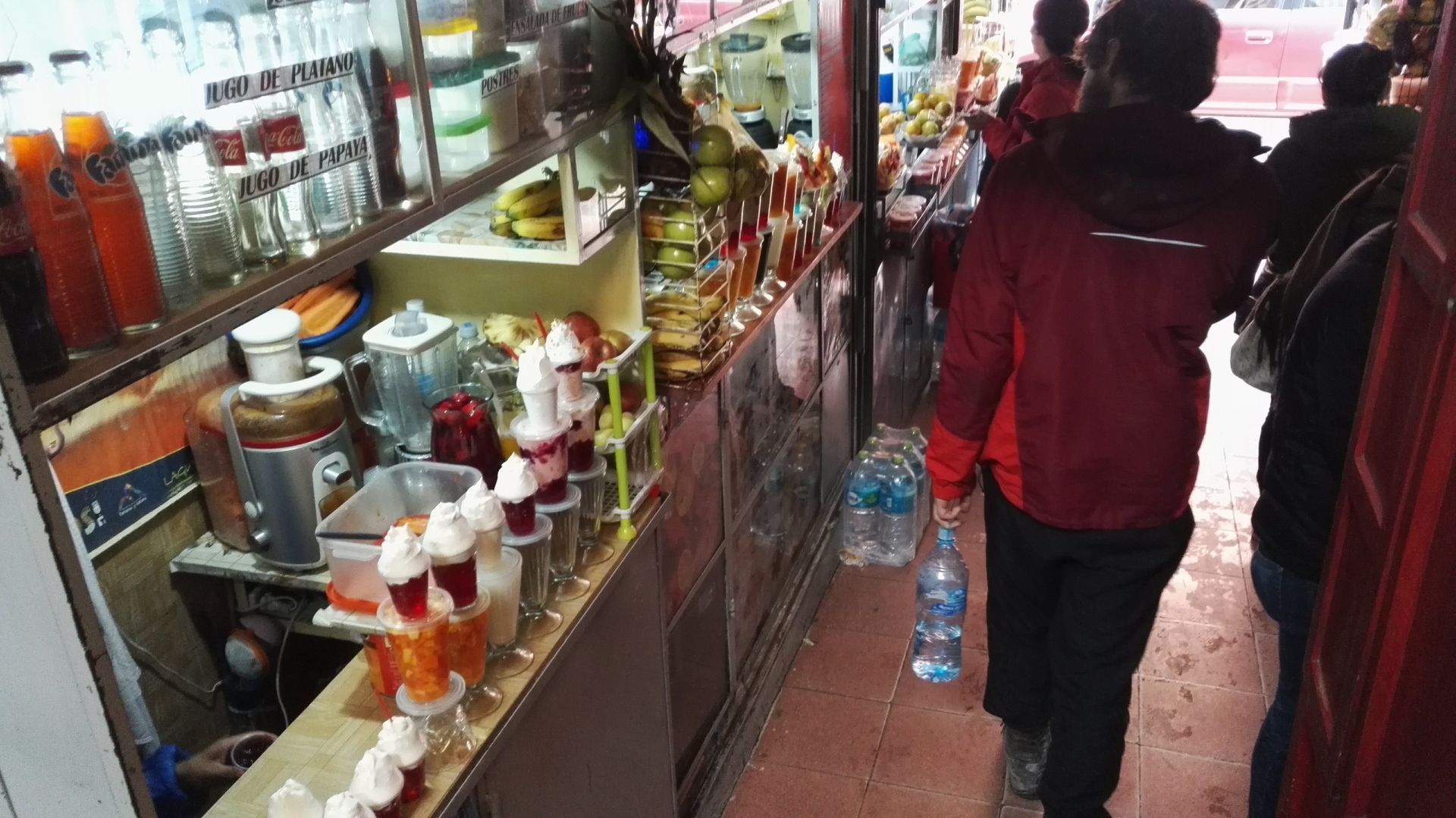
There are also many small restaurants labeled 'Almuerzo' (lunch), where you can get a daily dish for 10 Bolivianos (about 1.20 Euros). Unfortunately, most of them contain meat. We enjoy diving into the local cuisine and culture, but it is overshadowed by a small cloud called Vinchunca. Image from Wikipedia:
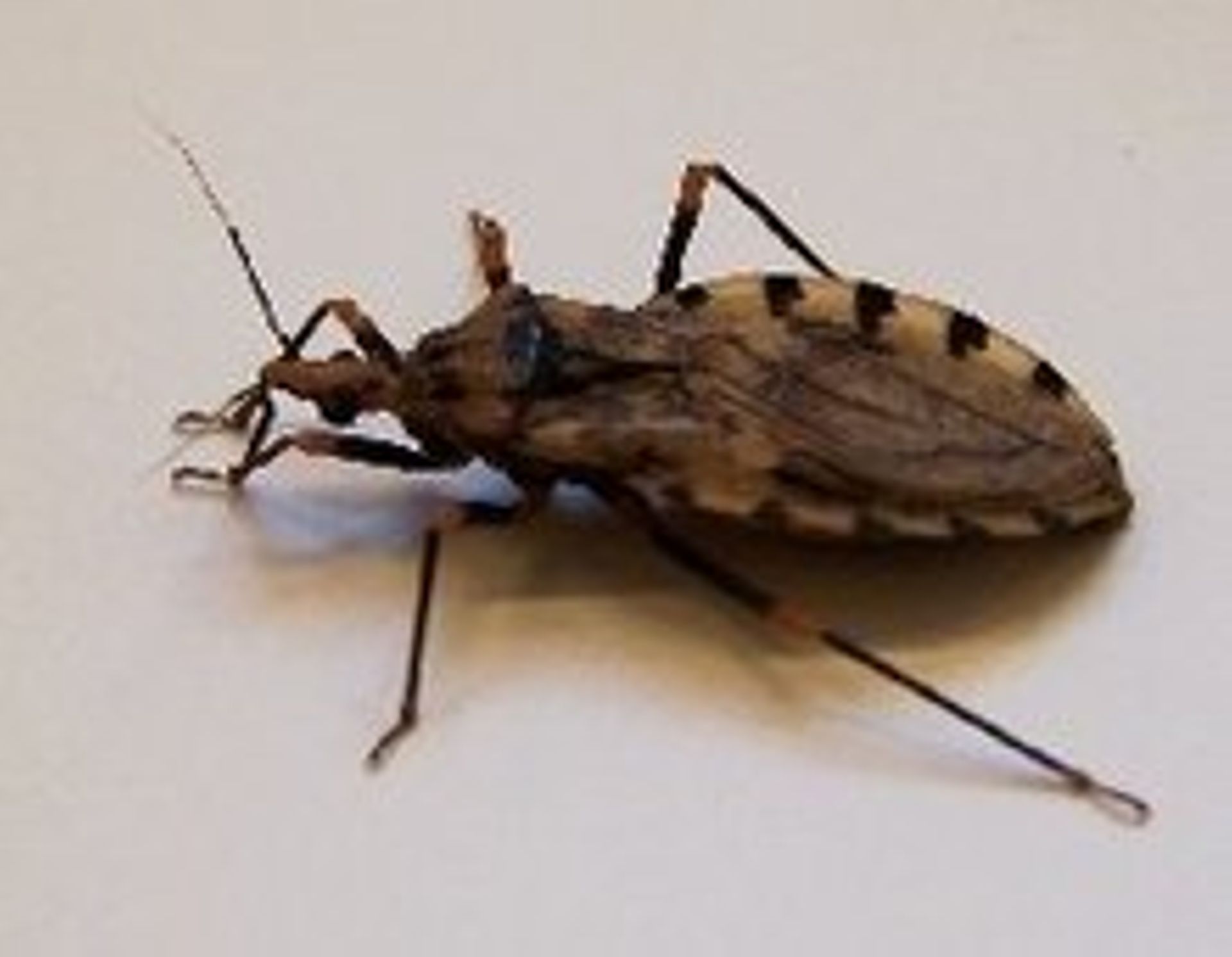
It is not the bite of the kissing bug that is dangerous, but its feces, which can remain infectious for years. It is transmitted through food, animals, and people, and if it comes into contact with the mucous membrane, you can get Chagas disease. Often, you don't even notice that you are infected, but as you grow older, your heart enlarges, and you may suffer from sudden cardiac death. One in four Bolivians is infected. There is no hygiene in Bolivia: the meat is not refrigerated and is lying around loosely, people's hands are dirty, and we become a little paranoid, even though the likelihood of tourists getting infected with Chagas disease is 'apparently' not very high, especially in higher altitude regions like Sucre or Potosi.
First, we stay with a local in Sucre, with whom we have little contact but take care of her dog and cat. Later, we move to the city center, where we find ourselves in a very relaxed hostel/language school, where many guests take Spanish courses. Mornings, everyone sits together at a table and has breakfast. Miriam is so brave as to book a haircut with Jakob, and snip-snap, her hair is gone. Jakob finds a shoemaker who can actually fix his worn-out shoes with holes. We explore the city center, which is more or less spectacular and shines in bright white. In the evening, we cook and have pudding for dessert from a plastic cup, which comes from the frozen food section of the supermarket, which is actually refrigerated but still manages to spoil our plans. Miriam gets sick, with fever and gastrointestinal problems. At this point, we don't yet know that the pudding is to blame. So we rest for 2 days. Miriam gets better. Jakob goes shopping again and brings back 2 puddings. This time, Miriam declines, and Jakob enjoys both of them and is sick the next day. Again, we spend 2-3 days in bed. When we finally feel better, we gradually venture out again and go to the city's fish market with a few others from the hostel, where we all eat a big fried river fish and drink apple juice. We eat like the locals do, with our hands. We take in the atmosphere and the surroundings, which we like. We had originally planned to go hiking, but we decide to go directly to the capital city 'La Paz' to leave the bad condition behind us and start fresh.
Tsarisa eka Xiphephana xa Mahungu
Nhlamulo

Swiviko swa maendzo Bolivia
